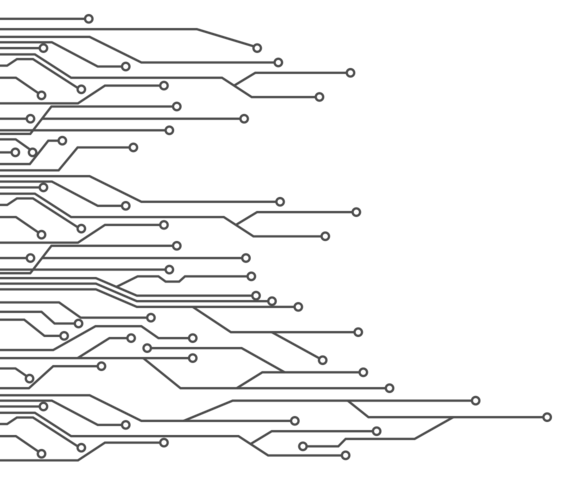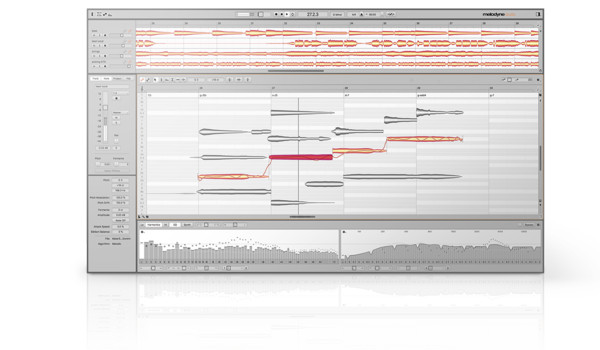System requirements
For Melodyne 5 essential, assistant, editor and studio
| macOS | Intel Dual Core processor (Quad Core or better recommended), 4 GB RAM (8 GB or more recommended), macOS 10.12 (64-bit) or higher. Melodyne 5.2 or higher runs natively on Apple Silicon Macs. |
| Windows | Intel or AMD Dual Core processor (Quad Core or better recommended), 4 GB RAM (8 GB or more recommended), Windows 10 (64-bit), Windows 11, ASIO-compatible audio hardware. |
| Activation | Computer-based or iLok USB dongle (2nd or 3rd generation), Melodyne essential only computer-based. Internet access is required for the first activation. |
| Interfaces | Plug-in operation via VST3, AU or AAX. ARA integration with compatible DAWs, as set out in the section on DAW compatibility. |
The system requirements listed above apply when Melodyne is running as a stand-alone program. When it is running as a plug-in, however, the system requirements of the DAW must also be met. You will find further information regarding DAW compatibility in the following frame.




